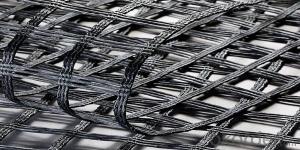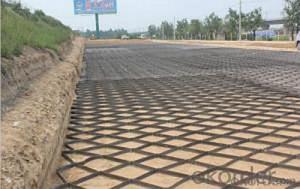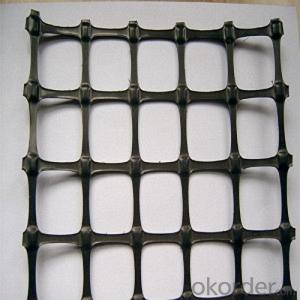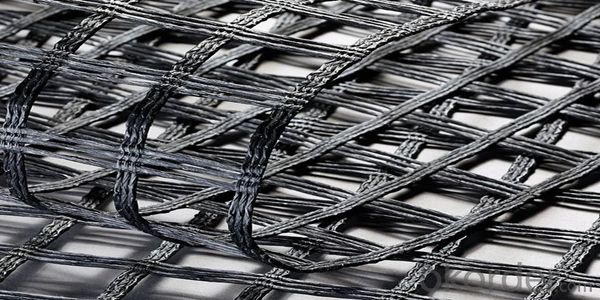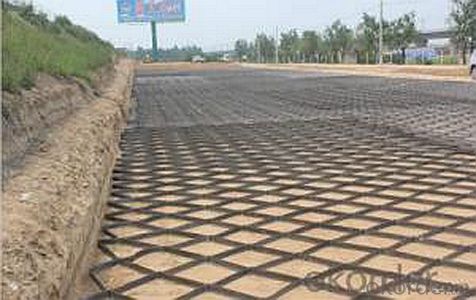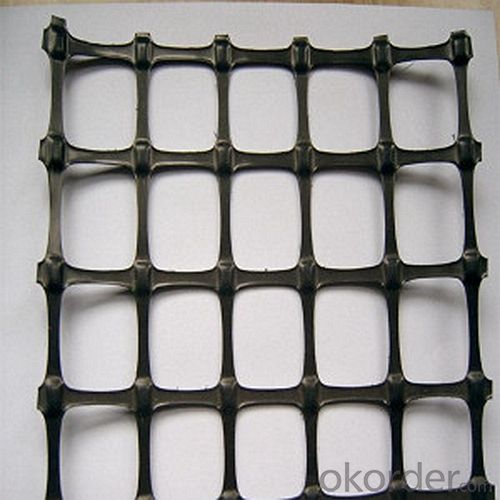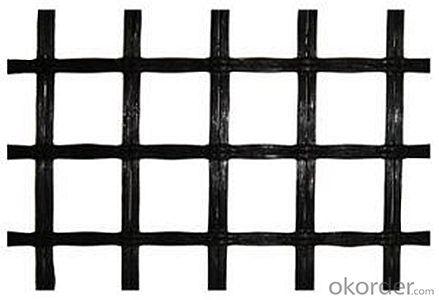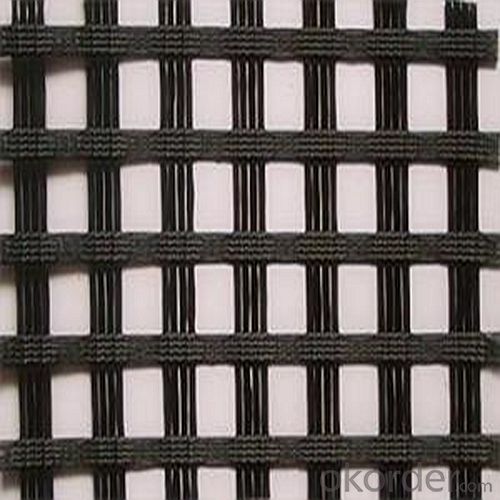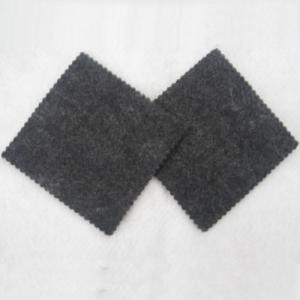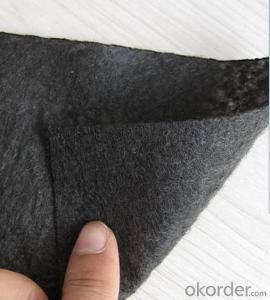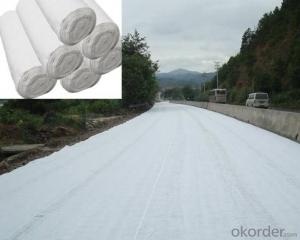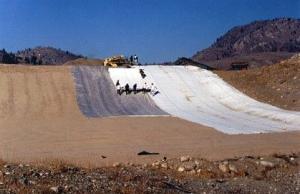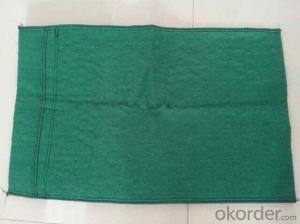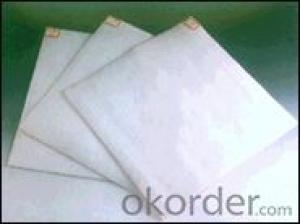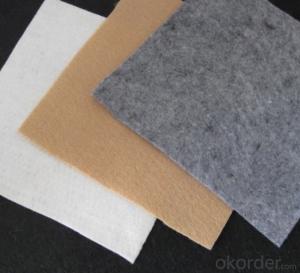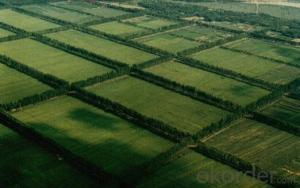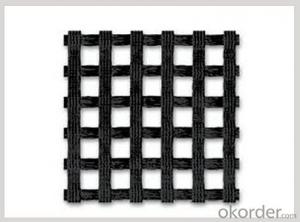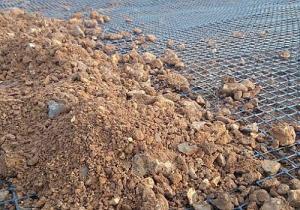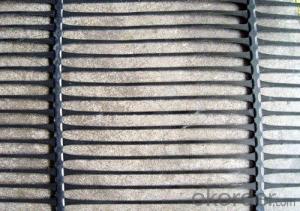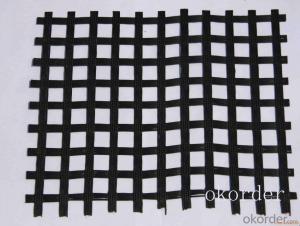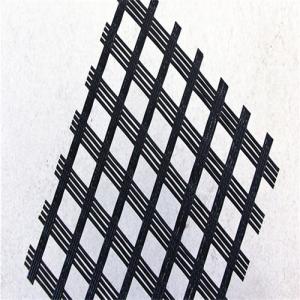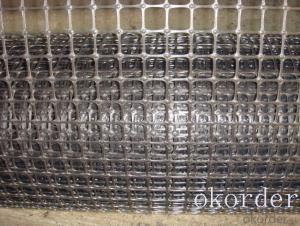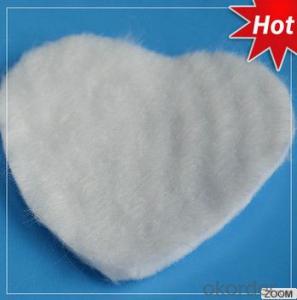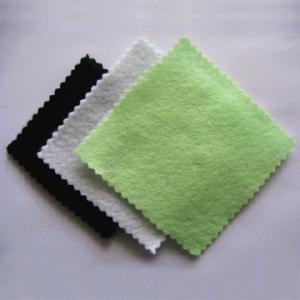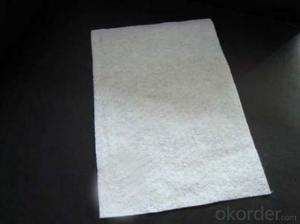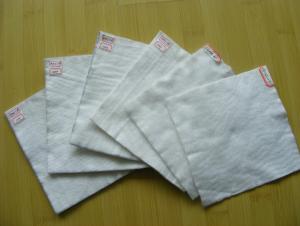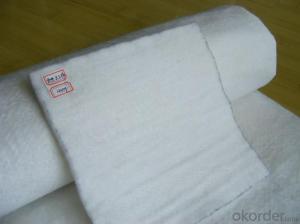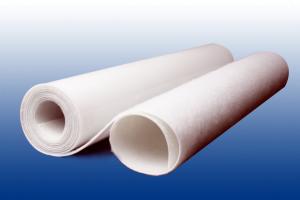Geotextile Ground Grid Fiberglass Geogrid for Civil Construction
- Loading Port:
- China main port
- Payment Terms:
- TT OR LC
- Min Order Qty:
- 1000 m²
- Supply Capability:
- 1000000 m²/month
OKorder Service Pledge
OKorder Financial Service
You Might Also Like
8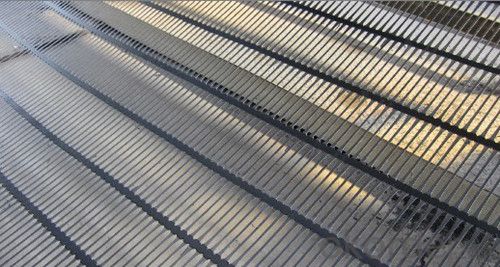
Introduction
fiberglass geogrid/glass fiber geogrid with CE certificate
Introduction: Fiberglass geogrid is a kind of new favorable earthwork base material to strengthen the road surface and roadbed. This product is composed of fiberglass filaments that are coated with an inorganic sizing agent
Features:
1. High tensile strength in warp and across directions
2. Low Elongation
3. High flexibility
4. High and low temperature resistance
Packaging & Shipping
Packing: PLASTIC FILM INSIDE, AND WOVEN BAG OUTSIDE
Shipping: About 15 days after receipt the deposit
geotextile fabric
permeability,filtration,easy for construction
ISO and CE certificate
Good quality and competitive price
After-sales service
1.In order to provide customers with comprehensive technical support,we will provide technical and other related information upon request in a timely manner.
2.In required,we will appoint specialized technicians to the construction site to give technical trainings to construction people,and offer technical guidance throughout the whole construction process.
3.For damage due to shipment and delivery,after we receive the complaint,we will check the issure through provided pictures and videos.If our responsibility is confirmed,we wil offer free replacement.
4.When the construction is completed,as your request,our technical staff may participate in the final acceptance.
FAQ:
Q: What kind of payments does jenor support?
A: T/T, L/C, Cash are accepted.
Q: Do you charge for the samples?
A: Accordeing to our company policy, the samples are free, we only charge the freight fee. And we will return the freight fee during the next order.
Q: Can you produce according to customers' design?
A: Sure, we are professional manufacturer, OEM and ODM are both welcome.
Q: Do you have other products?
A: Yes, please check the pictures:
- Q: How do geotextiles affect soil compaction?
- Geotextiles can help reduce soil compaction by providing a barrier between the soil and external forces. They distribute the load evenly, preventing the soil particles from being compressed too much. This allows the soil to maintain its natural structure and porosity, resulting in improved drainage and increased resistance to compaction.
- Q: How do geotextiles improve the performance of asphalt overlays?
- Geotextiles improve the performance of asphalt overlays by providing a separation layer between the existing pavement and the new overlay. This helps to prevent the mixing of materials and the migration of fines, which can lead to premature pavement distress. Geotextiles also enhance the structural integrity of the overlay by distributing loads and reducing stress concentrations, thus increasing the overall lifespan and durability of the pavement.
- Q: Are high geotextiles harmful to people?
- High-tech geotextile is not harmful to people. High-iron geotextile for strong, tensile, anti-friction coefficient, anti-oxidation time and other indicators are very strict, it can be said that geotextile applications so far the highest requirements. The raw materials for the production of geotextile are polypropylene fiber, polypropylene fiber civilian use: can be pure or wool, cotton or viscose blended mixed woven to produce a variety of clothing. Can be used for weaving all kinds of knitwear such as socks, gloves, sweaters, knitted pants, dish cloth, mosquito cloth, was expo, warm filler, diaper wet. Industrial use: geotextile, industrial filter cloth, carpet, fishing nets, canvas, hose, concrete reinforced materials, industrial fabrics, nonwovens and so on. So do not worry, high-speed rail geotextile with environmental requirements, no harm to the human body.
- Q: How do geotextiles affect soil temperature?
- Geotextiles can help regulate soil temperature by acting as an insulating layer. They can reduce heat loss during colder months and prevent excessive heat absorption during hotter months, thus creating a more stable and favorable temperature for plant growth.
- Q: Are geotextiles effective in preventing weed growth?
- Yes, geotextiles are effective in preventing weed growth. Geotextiles act as a barrier, blocking weed seeds from reaching the soil and germinating. They also prevent sunlight from reaching the weeds, further inhibiting their growth. Additionally, geotextiles allow for proper water drainage and soil aeration, improving overall plant health.
- Q: Can geotextile be used as an insulation film?
- Yes, the company produces the country, the best quality geotextile materials, for example, long, short wire geotextile. Geotextile composite film. All kinds of grille, waterproof board and so on. Short wire geotextile prices, geotextile composite film specifications and other quality and cheap! The The Welcome to call to discuss, 0534-. Xujing Li.
- Q: What are the environmental benefits of using geotextiles?
- Geotextiles offer several environmental benefits, including erosion control, soil stabilization, and improved water quality. They prevent soil erosion by reinforcing and stabilizing slopes, reducing the risk of landslides and sediment runoff into water bodies. Geotextiles also promote vegetation growth by retaining moisture and nutrients in the soil, aiding in reforestation and ecological restoration efforts. Additionally, they can filter contaminants from stormwater runoff, improving water quality and protecting aquatic ecosystems. Overall, geotextiles provide sustainable solutions for various environmental challenges.
- Q: Geotextile need to adjust the humidity before sampling, what does this mean
- probably. For the first time I heard that geotextiles were sampled to be wet.
- Q: What are the specifications for geotextiles in wastewater treatment projects?
- The specifications for geotextiles in wastewater treatment projects typically involve factors such as the material type, weight, thickness, permeability, and strength. These geotextiles are commonly required to have high tensile strength, puncture resistance, and durability to withstand the harsh conditions of wastewater treatment facilities. Additionally, they should have a specific permeability to allow for proper filtration and drainage of water while preventing the passage of fine particles.
- Q: Geotextile construction inspection batch ye do?
- Willing to smash the acceptance of smashing acceptance in vain
Send your message to us
Geotextile Ground Grid Fiberglass Geogrid for Civil Construction
- Loading Port:
- China main port
- Payment Terms:
- TT OR LC
- Min Order Qty:
- 1000 m²
- Supply Capability:
- 1000000 m²/month
OKorder Service Pledge
OKorder Financial Service
Similar products
Hot products
Hot Searches
Related keywords
